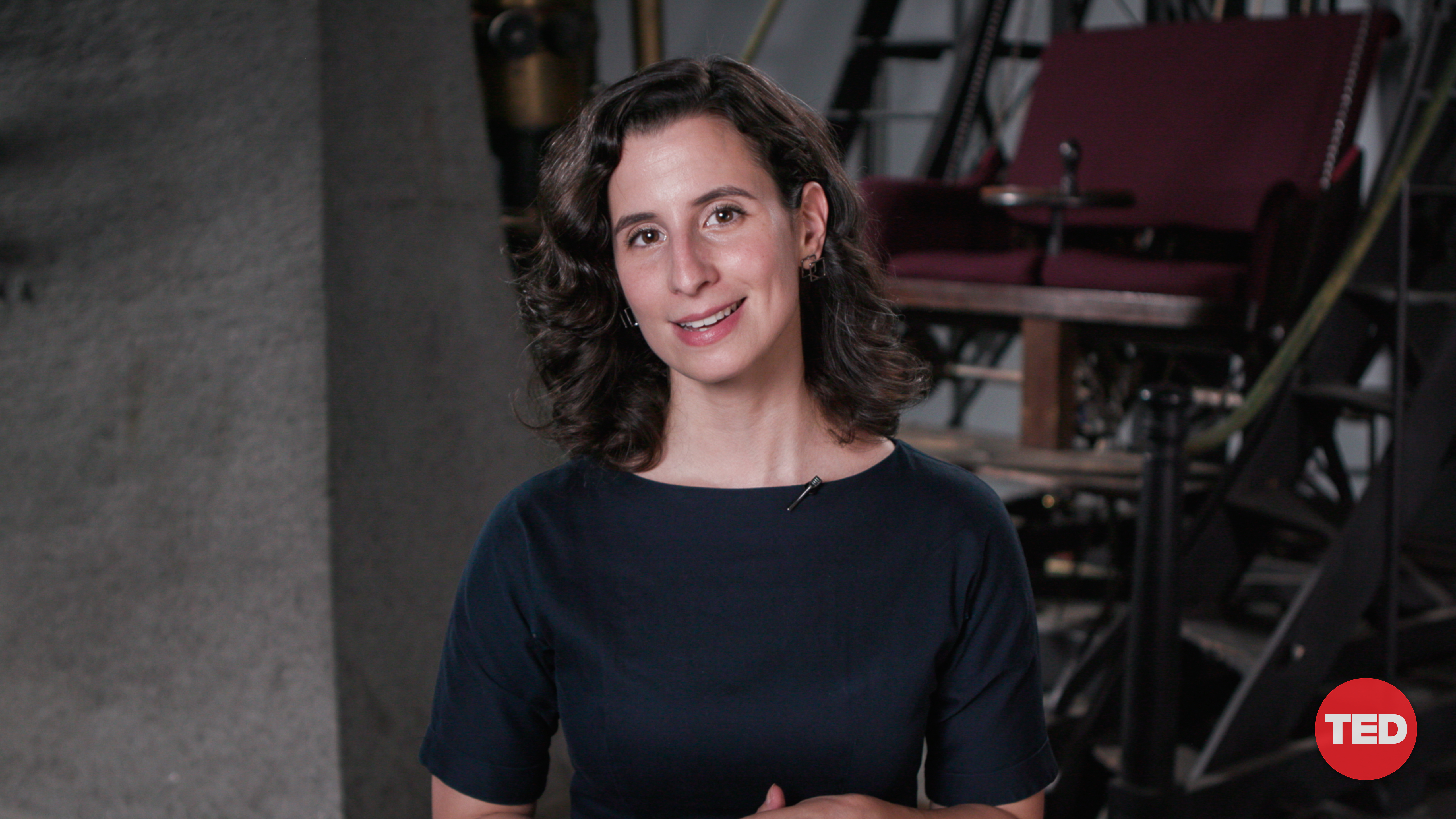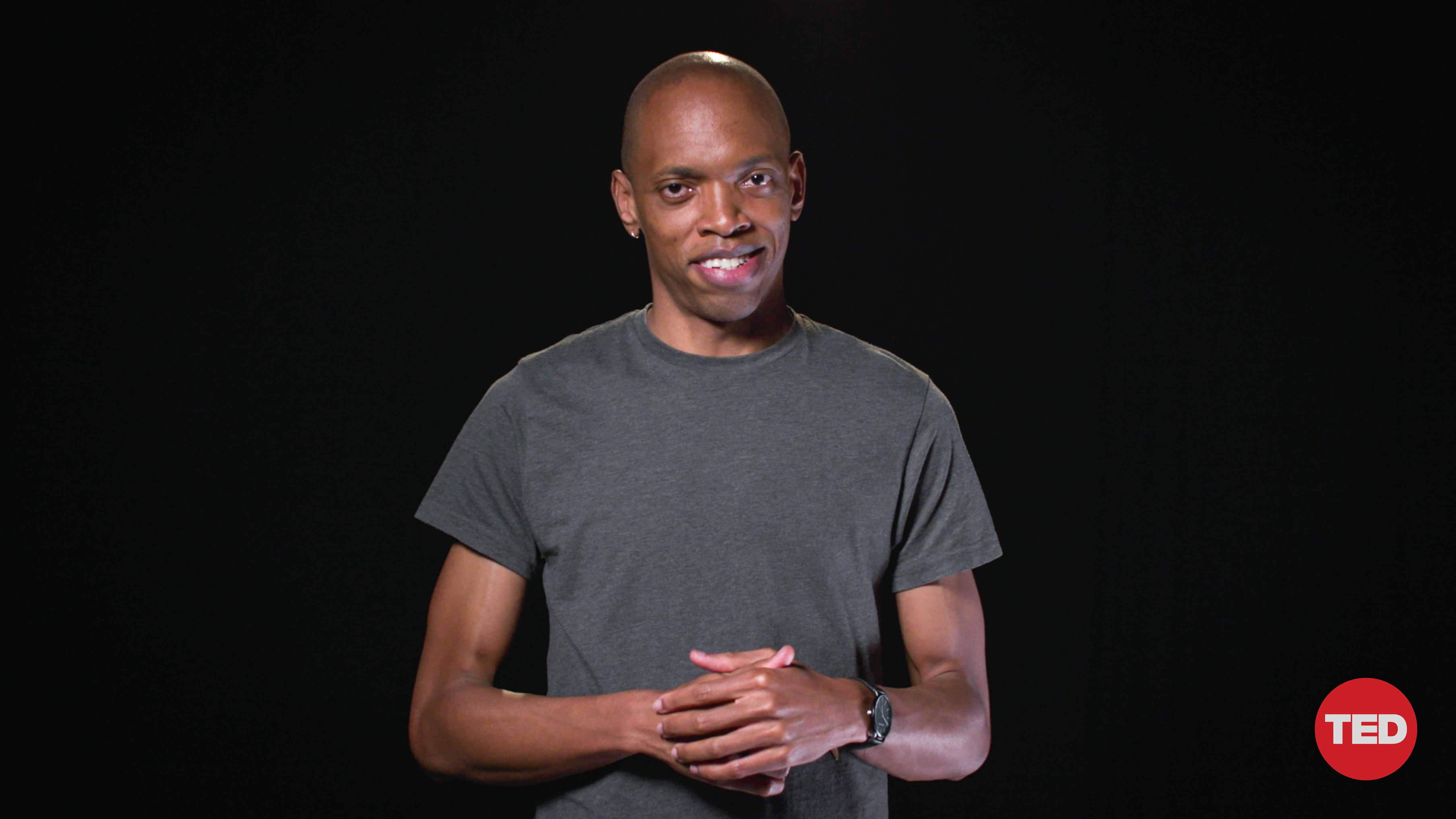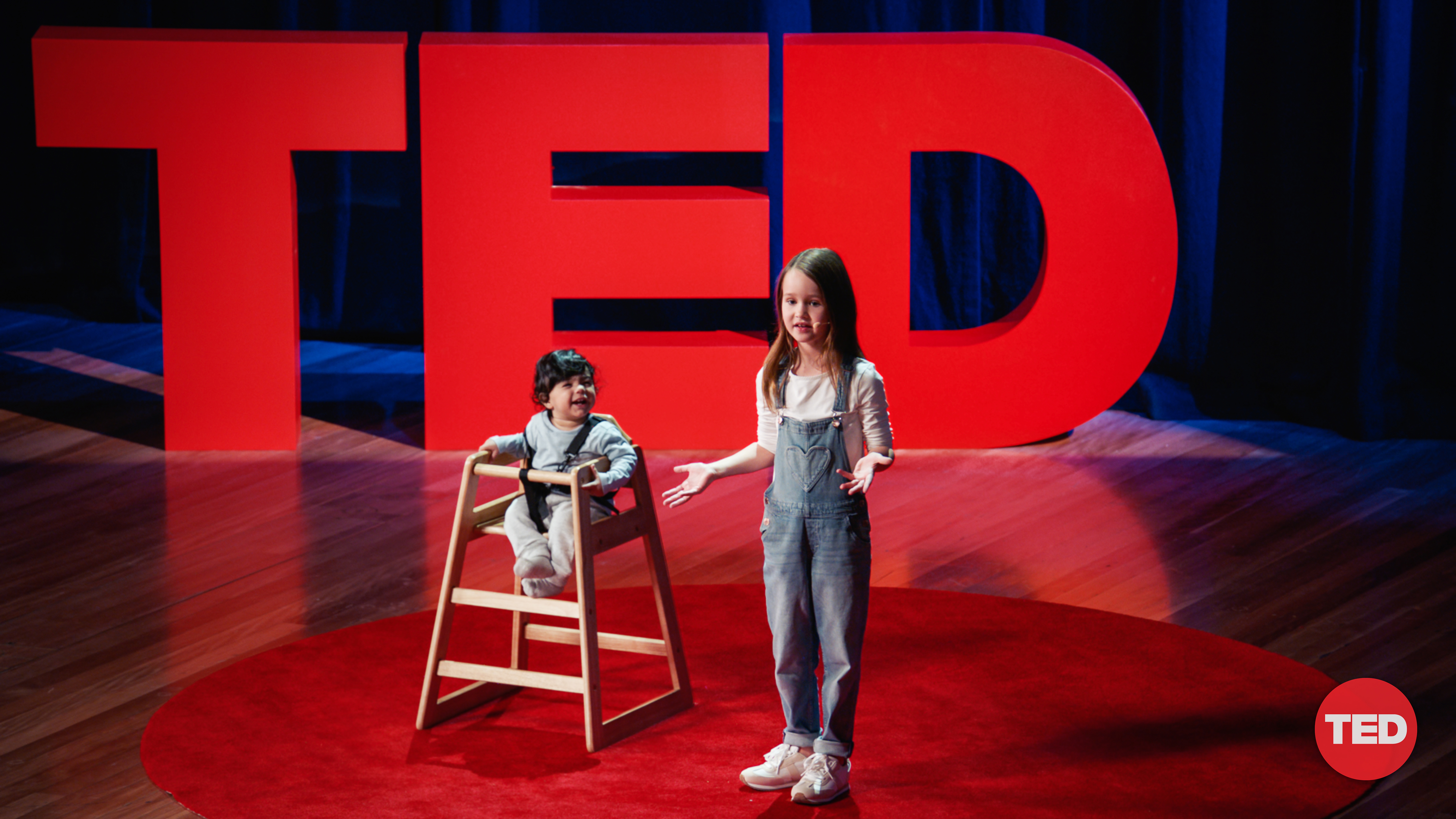
What’s Session Zero?
It’s the first-ever special teaser session of a TED Conference!
Ten days from now, on August 1, TEDMonterey kicks off in Monterey, California. More than a year of planning for TED’s first in-person conference since 2019 resulted in some forward-thinking, including recording talks from amazing speakers around the world, just in case global travel wasn’t quite where it needed to be by the time of the conference. A bonus virtual session emerges, with ideas spanning the search for life in the universe to visions of our sci-fi future and a powerful project to reckon with painful parts of the past, plus a remarkable take on child development.
The event: TEDMonterey: Session Zero, hosted by TED’s Chris Anderson and Helen Walters, live from the TED World Theater in New York City, on Wednesday, July 21, 2021
Speakers: Clara Sousa-Silva, Kim Stanley Robinson, Chen Qiufan, Stanley Chen, Jim Chuchu and Molly Wright

Are there aliens on Venus? Quantum astrochemist Clara Sousa-Silva shares her research into an unusual, stinky molecule that could signal life beyond Earth. She speaks at TEDMonterey: Session Zero on July 21, 2021. (Photo courtesy of TED)
Clara Sousa-Silva, quantum astrochemist
Big idea: When searching for life on other planets, unusual molecules in the atmosphere, such as phosphine, might be better indicators of alien life than oxygen.
How? For Clara Sousa-Silva, the search for alien life begins in a planet’s atmosphere. She studies the interaction between light and molecules when a planet passes in front of a star, searching for evidence of molecules that could signal the presence of living organisms. But she isn’t looking for common biosignatures like water or oxygen or CFCs (industrial pollutants); she specializes in searching for unusual molecules like phosphine. According to Sousa-Silva, this stinking, poisonous gas is so difficult to make without the presence of life that its fingerprint in the atmosphere means the planet is worth investigating. After recently observing potential signs of phosphine in the clouds of Venus, she’s looking to find out if Earth’s nearest neighbor could actually be home to alien life — or whether this biosignature is a sign of something else altogether.
Kim Stanley Robinson, sci-fi writer
Big idea: A sci-fi vision of humanity’s triumph over the climate crisis — from the vantage point of the year 2071.
How? Coming to us from 50 years in the future, science fiction writer Kim Stanley Robinson explains how the 2020s — or the “Terrible 20s,” as they’ll come to be known — marked a turning point in the climate crisis. Robinson envisions how, after two global pandemics and a series of deadly international heatwaves, the world’s nations joined their central banks to form the Network for Greening the Financial System and enacted the “carbon standard.” While it may sound impossible to us in 2021, the carbon standard created new fiat money “precisely in proportion to the amount of carbon dioxide taken out of the atmosphere.” This dramatic change in fiscal policy made work that helped to heal the planet profitable — like regenerative agriculture, clean energy infrastructure, expansion of mass transit, reforestation and habitat restoration. In hindsight, Robinson says he can see that people in the 2020s met challenges that no other generation had ever faced, but, in his words, “those people really stepped up.” It’s a rousing vision of how humanity might unite in the coming decades and restore the damage done to Earth’s biosphere.
Chen Qiufan (aka Stanley Chen), speculative fiction writer
Big idea: Science fiction can provide us with a realistic (and optimistic) roadmap of artificial intelligence development over the next 20 years.
How? Chen Qiufan doesn’t fear a dystopian future. Instead, the science fiction writer believes that developments in artificial intelligence over the next 20 years will make all of our lives better, healthier and safer. Chen and AI expert Kai-Fu Lee spent the past two years researching a realistic roadmap to AI’s progress and evolution. Chen shares some of their predictions for the astonishing advancements in science and technology that we can expect by 2041. Among them: deep-learning programs that synthesize new vaccines within weeks and technologies that revive deceased celebrities like Whitney Houston in digital form. These predictions may sound like fantasy, but as Chen says, “for every future we wish to create, we must first learn to imagine it.”

TED Fellow Jim Chuchu takes us inside the effort to recover Africa’s stolen artifacts at TEDMonterey: Session Zero on July 21, 2021. (Photo courtesy of TED)
Jim Chuchu, filmmaker
Big idea: Museums outside of Africa should return stolen African art and artifacts to museums and cultural institutions on the continent.
Why? Why do Western museums possess such extensive collections of African art? As TED Fellow and artist Jim Chuchu reminds us, many of these cultural artifacts wound up in cities like London and New York because they were looted by colonial forces — in many cases, they were stolen at gunpoint. Chuchu is working to correct these injustices and restore his people’s collective memory by returning Kenya’s material cultural heritage to the country. With the International Inventories Programme, an organization he co-founded, he’s created a database of cultural objects held outside of Kenya, locating 32,000 items so far. Beyond tracking these precious artifacts, Chuchu also hopes to start a public conversation about the morality of holding stolen African art in foreign institutions. “We’re asking for the return of our objects,” he says, “to help us remember who we are.”

“What if I was to tell you that a game of peek-a-boo could change the world?” asks seven-year-old Molly Wright. She shares research-backed ways parents and caregivers can help every child can thrive by the age of five at TEDMonterey: Session Zero on July 21, 2021. (Photo courtesy of TED)
Molly Wright, student
Big idea: A message to parents and caregivers: from birth onwards, connection is crucial to a child’s healthy brain development, especially before the age of five. Make playtime (like peek-a-boo!) with your kids a priority so they can have the best start in life.
Why? The first five years of a child’s life are when most brain development takes place — and positive, reciprocal interactions with adults play a deciding role in those crucial early years. In a special talk co-produced by TED and Minderoo Foundation as an educational tool for parents and caregivers, seven-year-old Molly Wright explains how playtime activities like peek-a-boo are more than just games — they can change a child’s life (and the world). Joined onstage by one-year-old Ari and his dad, Amarjot, who help illustrate her big ideas about brain science, she highlights the research-backed benefits of play in the first five years of a child’s life, sharing effective strategies on connecting with kids through naming games, vocal attention and copycat activities. Her message to all parents? To help kids reach their full potential, treat every moment as an opportunity to connect.